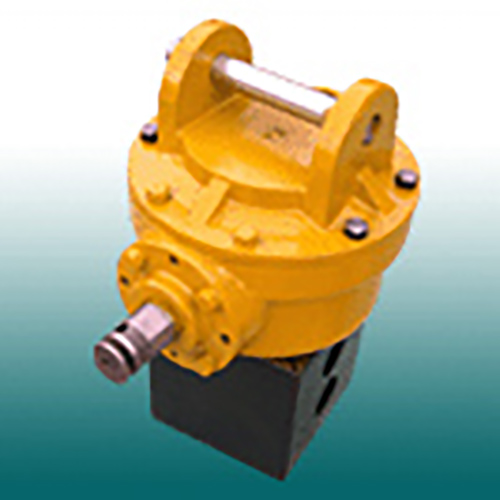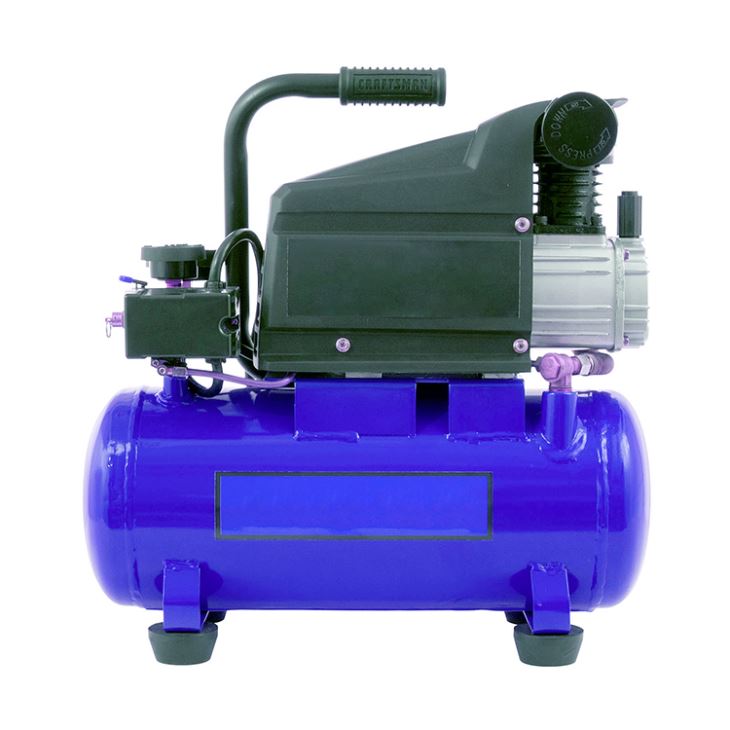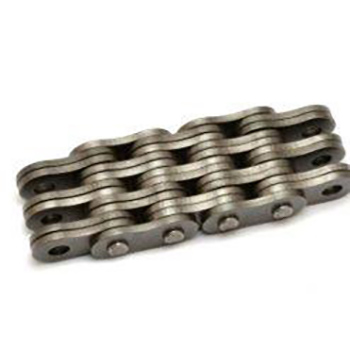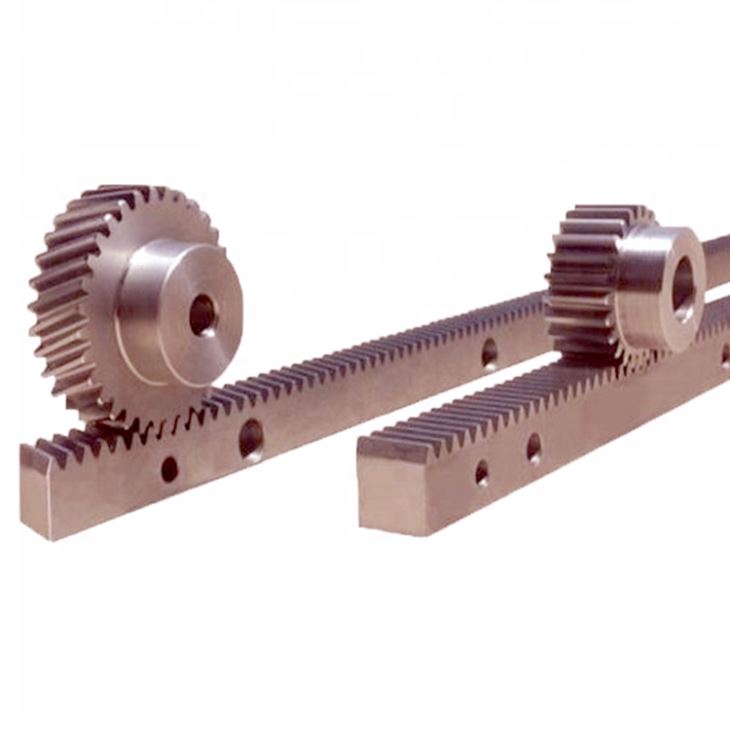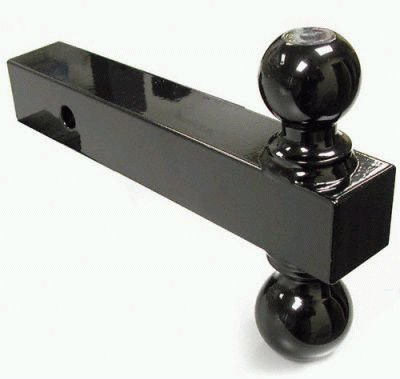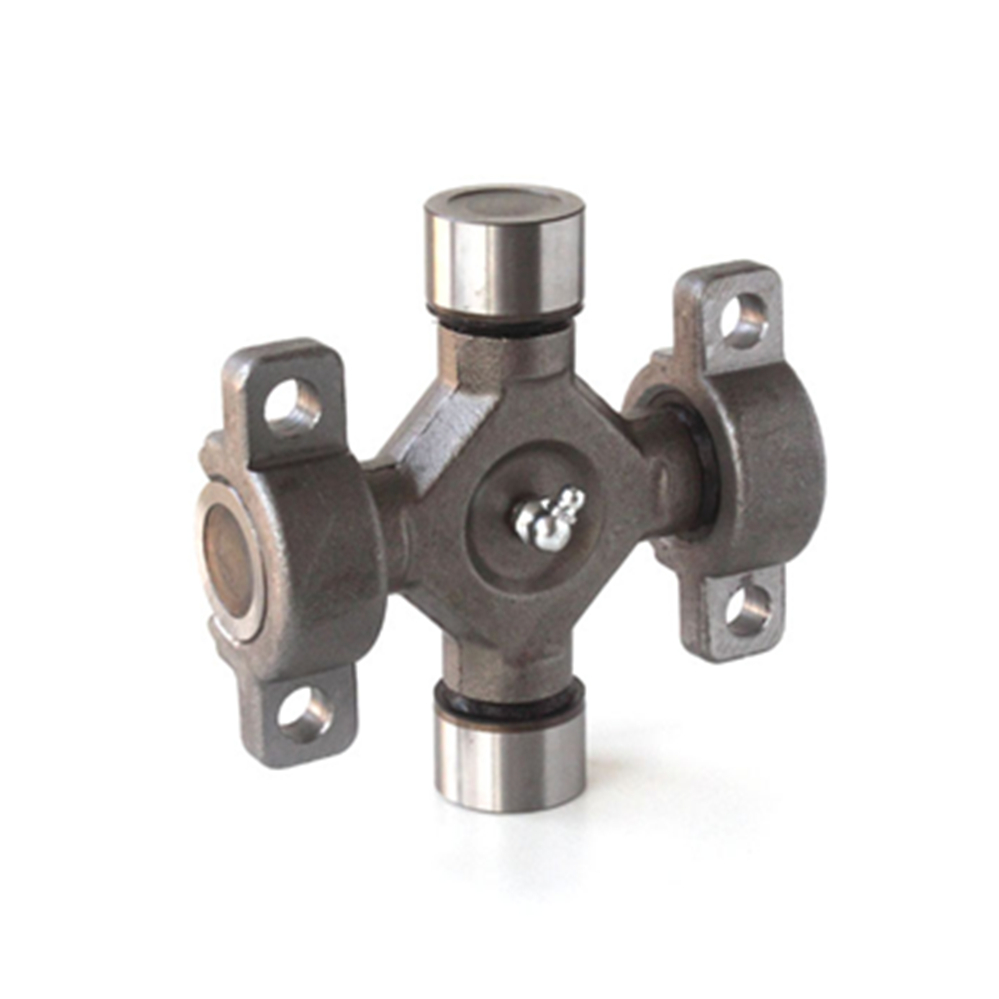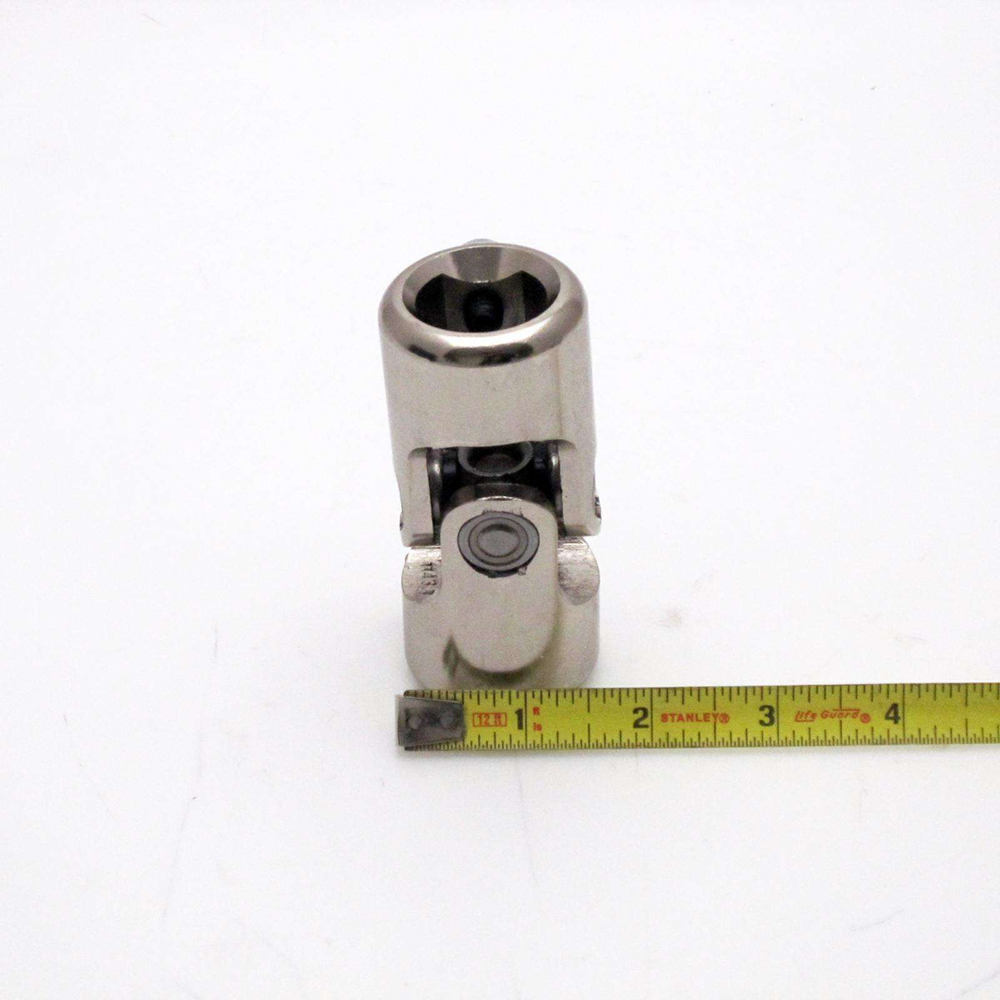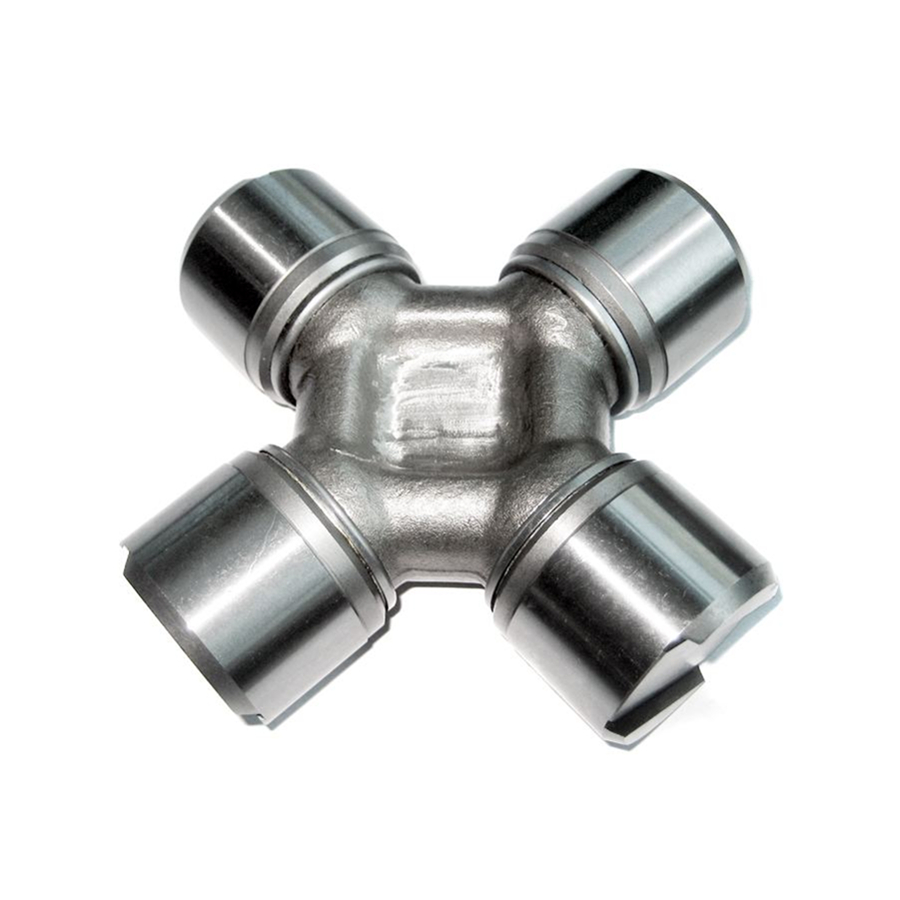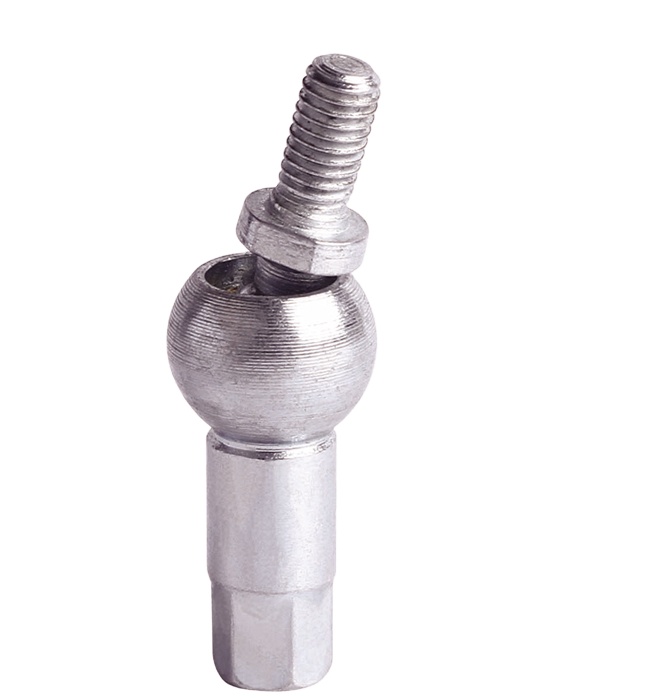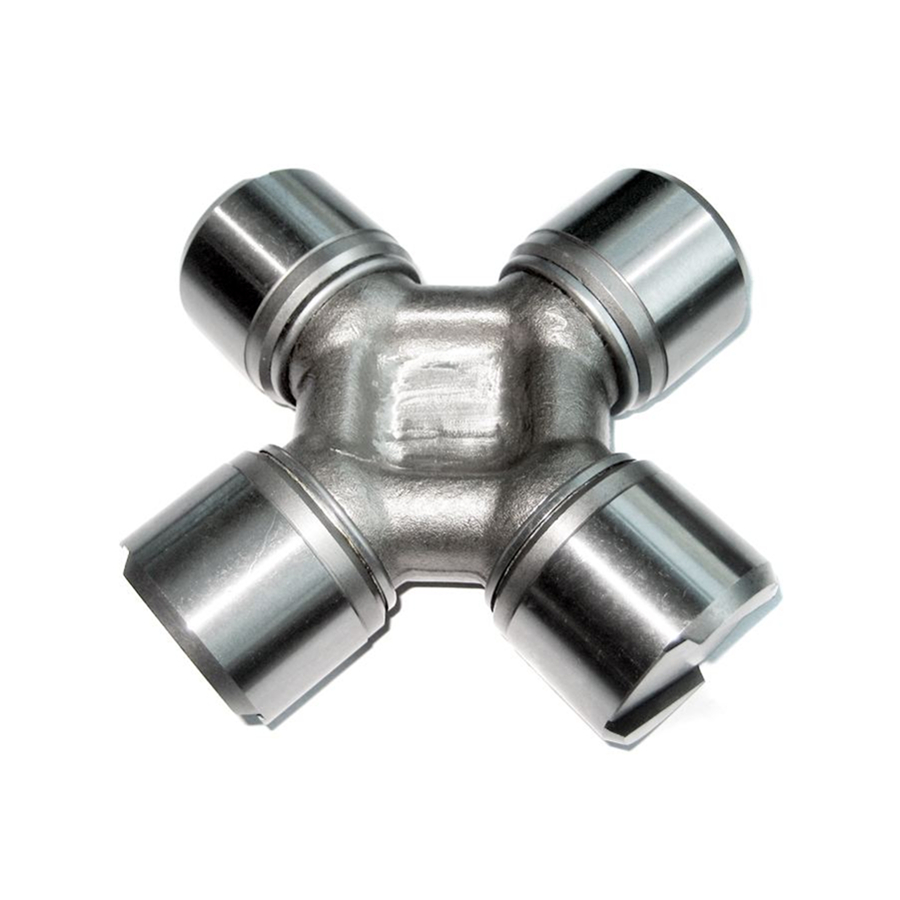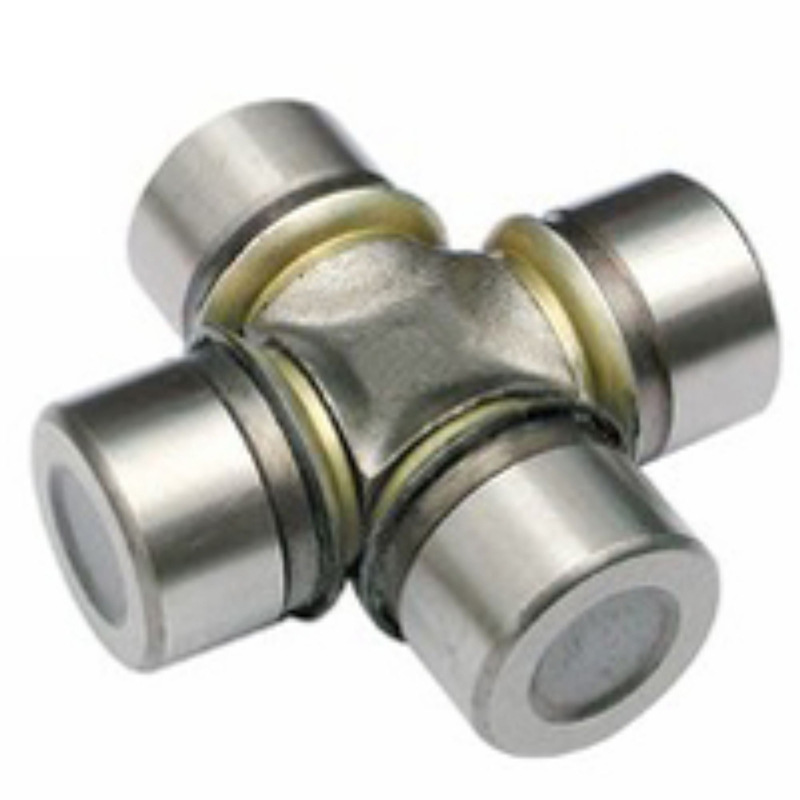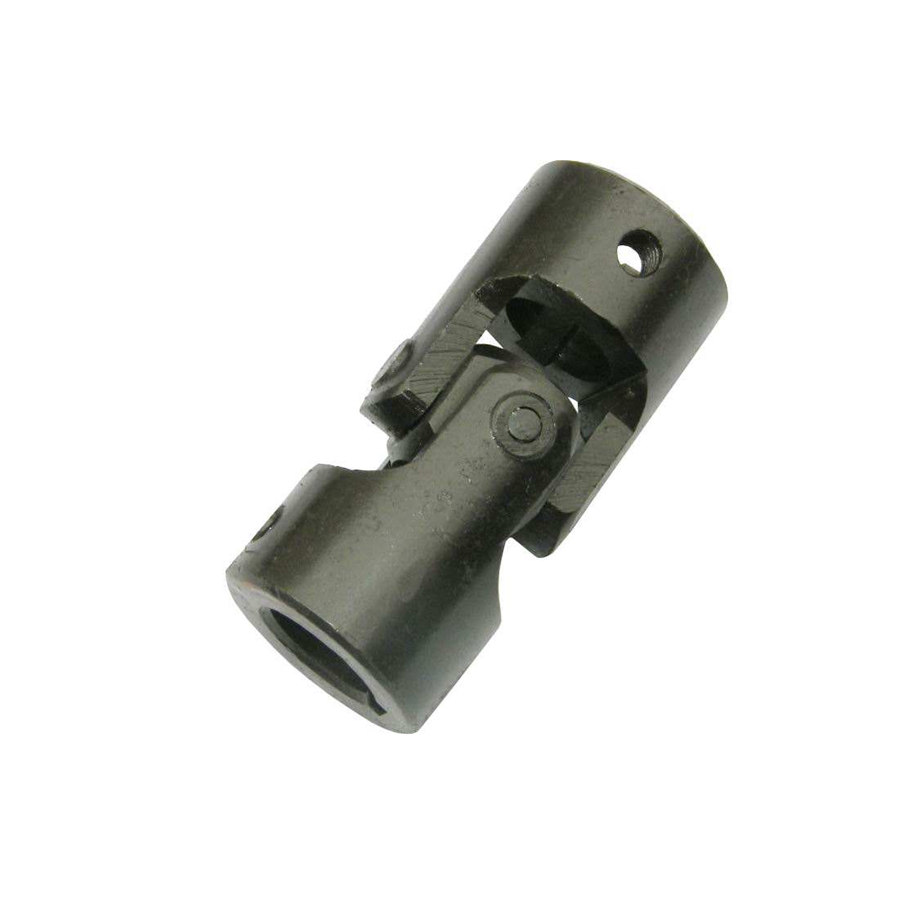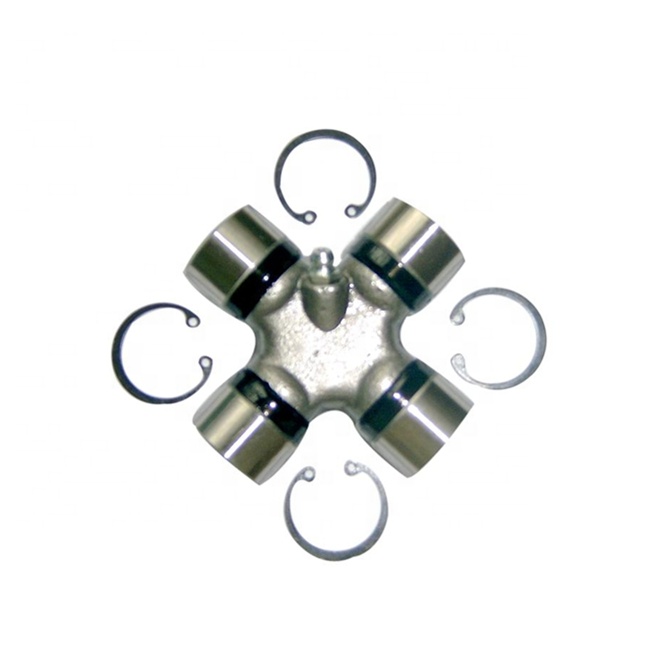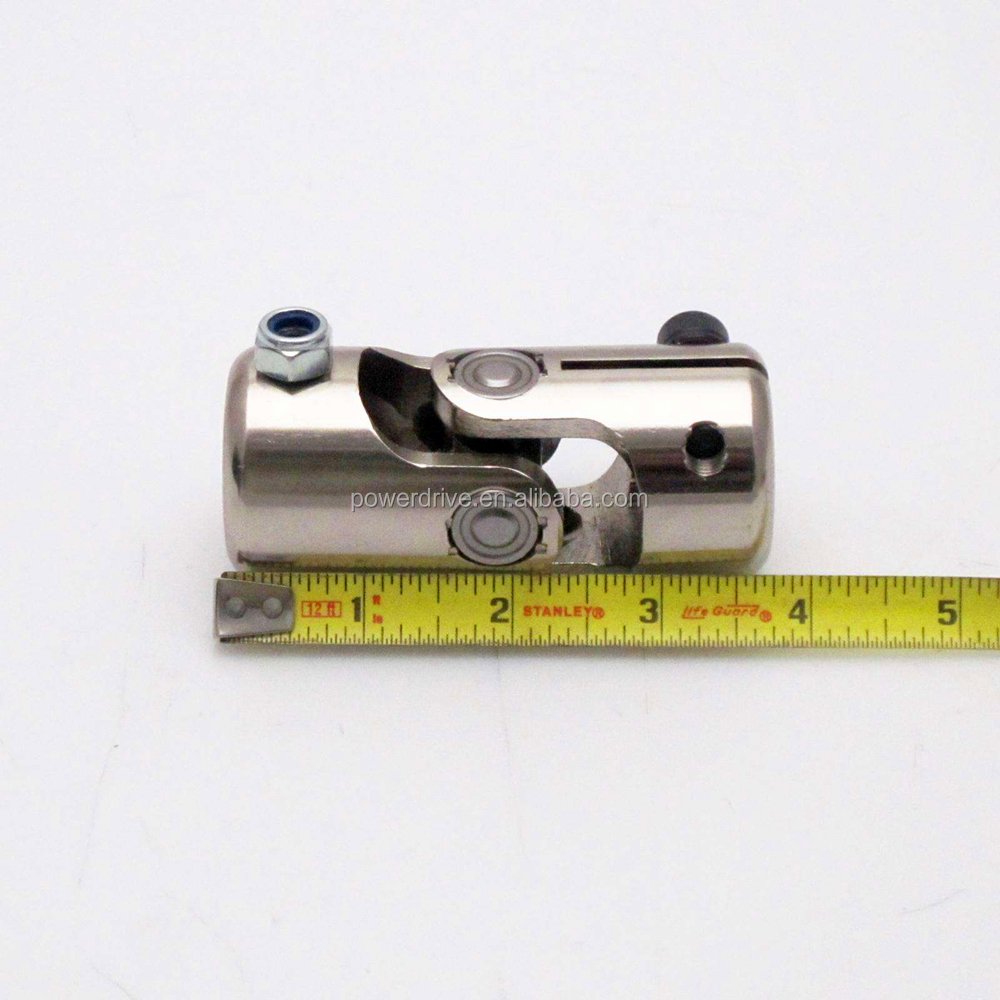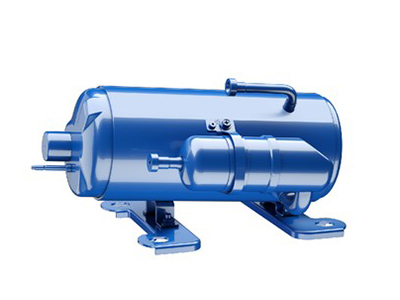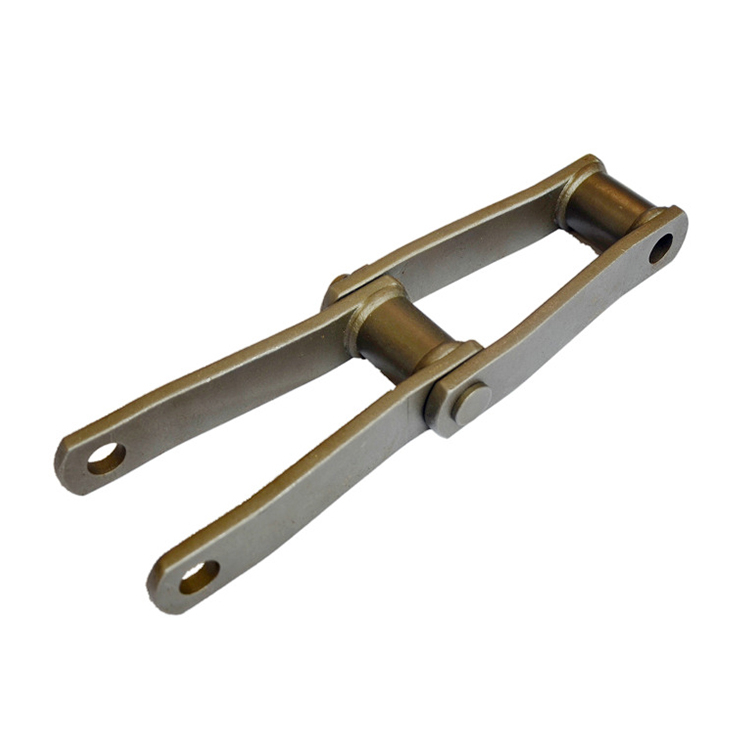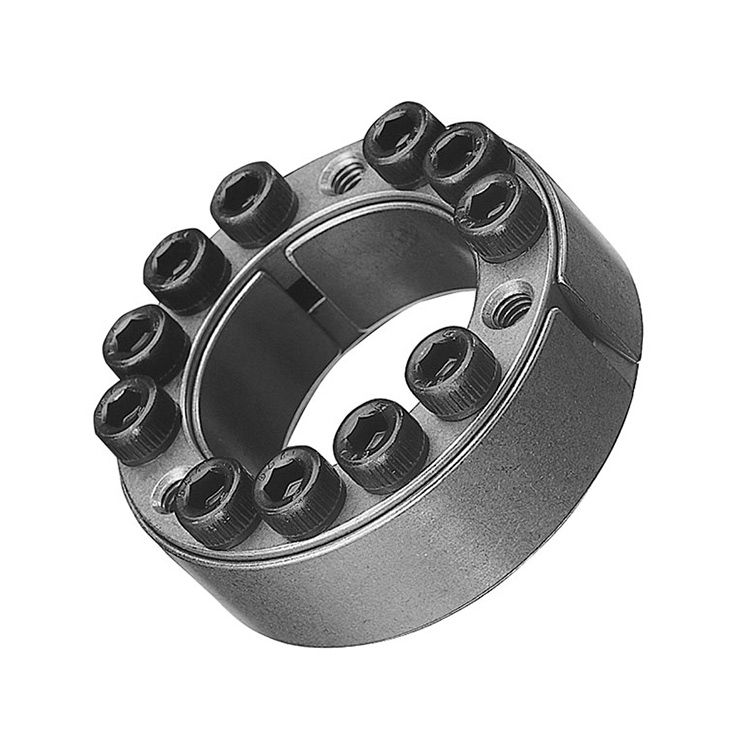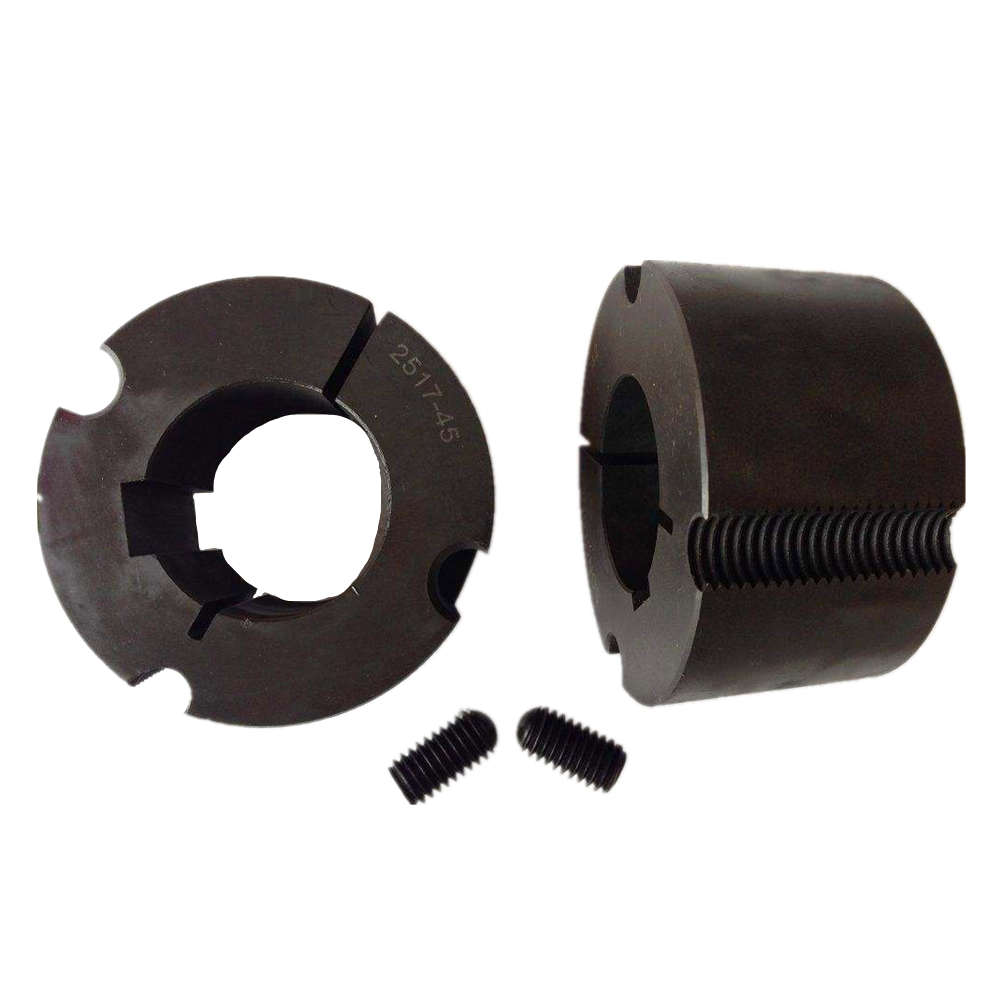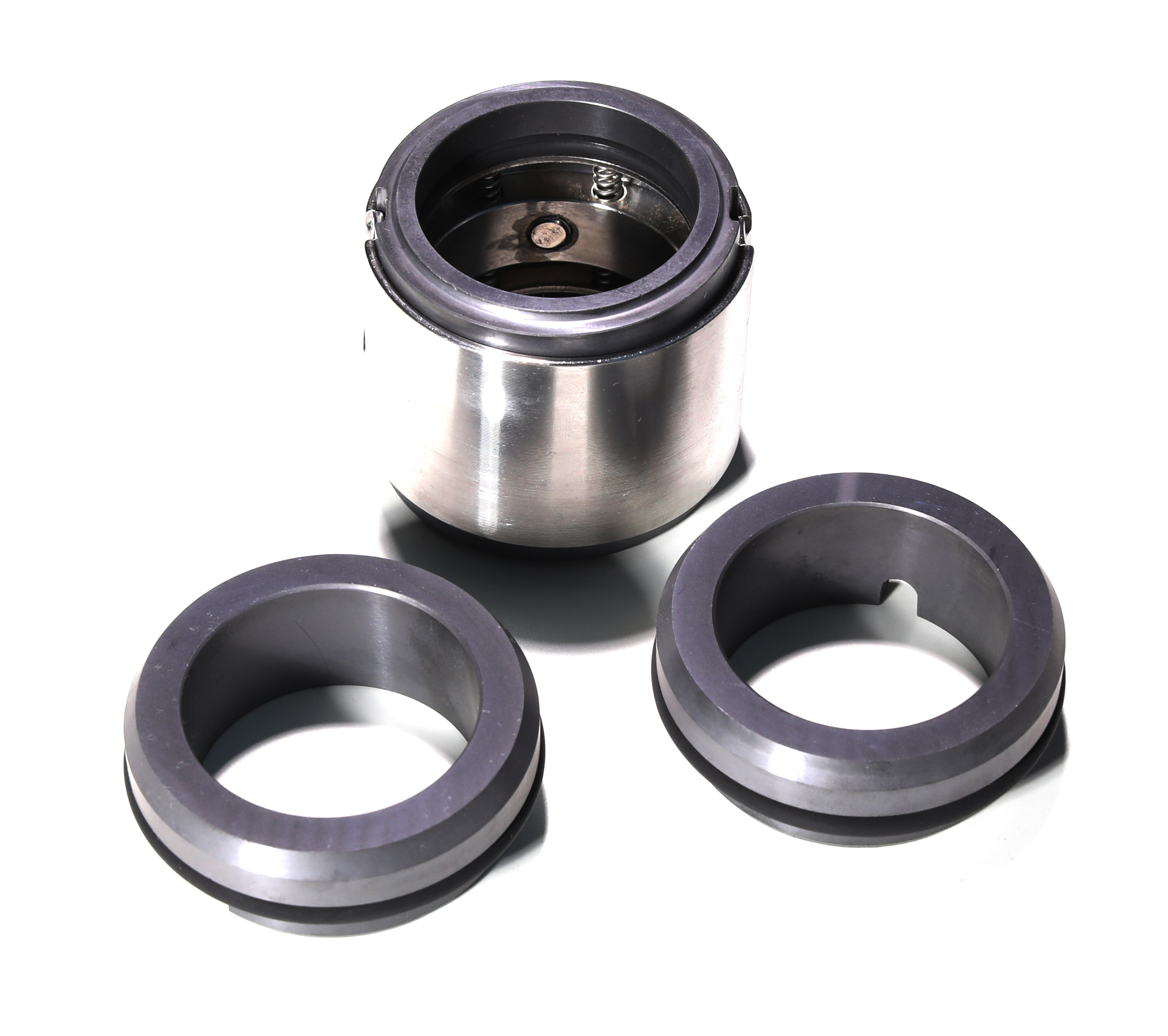Universal Joints: The Ultimate Guide to High-Performance Power Transmission
Universal joints, also known as U-joints, are critical components in mechanical power transmission systems. These versatile couplings allow shafts to rotate while accommodating angular misalignment, making them essential for various industrial, automotive, and marine applications.
Premium Universal Joints Specifications
- Material: Chrome-molybdenum alloy steel for maximum strength
- Heat Treatment: Case hardened to 55-60 HRC for enhanced durability
- Finish: Phosphate coated for corrosion resistance
- Operating Temperature: -40°F to +250°F (-40°C to +121°C)
- Rotation Speed: Up to 5,000 RPM (depending on size)
- Lubrication: Grease fittings for easy maintenance
Universal Joints Size Chart
| Series | Bore Size (in) | Torque Capacity (lb-ft) | Weight (lbs) |
|---|---|---|---|
| 1000 | 0.500-0.750 | 85-120 | 0.8-1.2 |
| 2000 | 0.750-1.000 | 150-210 | 1.5-2.0 |
| 3000 | 1.000-1.500 | 300-450 | 2.5-3.5 |
| 4000 | 1.500-2.000 | 600-850 | 4.0-5.5 |
Universal Joints Maintenance Tips
Proper maintenance extends the lifespan of universal joints significantly. Regular lubrication every 500 hours of operation is recommended, along with visual inspection for wear patterns. Our universal joints feature reinforced bearing caps and precision-ground needle bearings to minimize maintenance requirements while ensuring smooth operation even under heavy loads.
Universal Joints FAQ Section
How often should I replace universal joints?
Universal joints typically last 50,000-100,000 miles in automotive applications, but industrial applications may require replacement every 2-3 years depending on operating conditions. Signs of wear include vibration, clicking noises, or visible rust/corrosion.
What's the difference between single and double universal joints?
Single universal joints connect two shafts at an angle, while double universal joints (also called constant-velocity joints) maintain constant velocity between input and output shafts, eliminating speed fluctuations at higher angles.
Can universal joints handle both angular and parallel misalignment?
While universal joints primarily accommodate angular misalignment (typically up to 30 degrees), they can also compensate for small parallel offsets when used in pairs with proper spacing between joints.
Applications for Universal Joints
Our universal joints are engineered for diverse applications including:
- Driveshaft systems in trucks and automobiles
- Industrial machinery power transmission
- Marine propulsion systems
- Agricultural equipment drives
- PTO (Power Take-Off) applications
Choosing the Right Universal Joint
Selecting the appropriate universal joints requires considering several factors:
- Torque Requirements: Calculate peak and continuous torque loads
- Operating Speed: Consider RPM requirements and balance needs
- Environmental Conditions: Account for temperature, moisture, and chemical exposure
- Maintenance Access: Determine lubrication frequency feasibility
- Service Life Expectations: Balance cost with projected lifespan
Our universal joints exceed industry standards for durability and performance. Each component undergoes rigorous testing to ensure reliability in the most demanding applications. Whether you need replacement parts for existing systems or are designing new power transmission solutions, our universal joints provide the perfect combination of strength, precision, and longevity.
For specialized applications, we offer custom-engineered universal joints with modified dimensions, special materials, or unique performance characteristics. Contact our engineering team to discuss your specific requirements and receive expert recommendations for optimal power transmission solutions.


